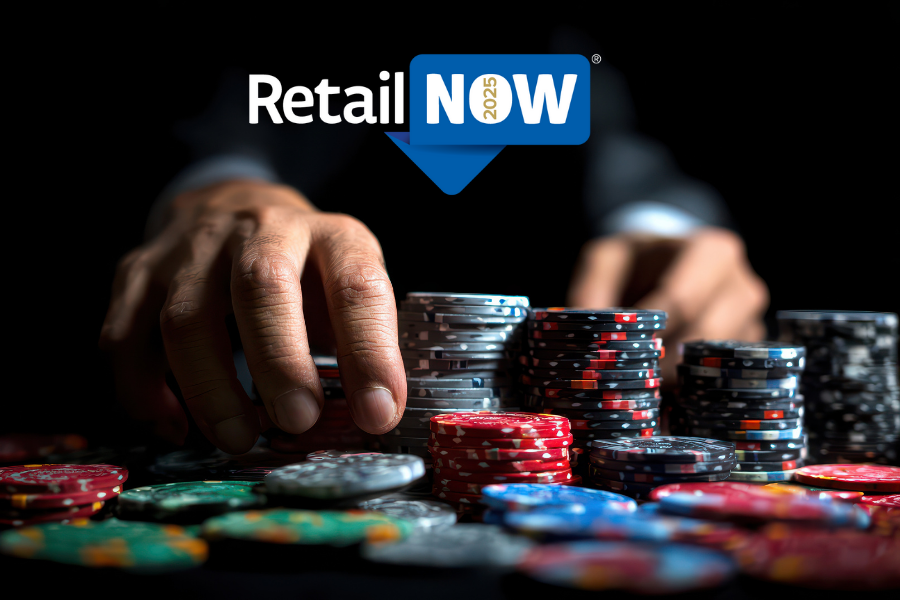Pros and Cons of Curbside Pickup Technology: The Future of Buy Online Pickup In Store
Before COVID-19 became part of our everyday lives, retail stores were already developing curbside pickup and delivery services into their business operations. Now, it’s a must-have for retailers, and it’s projected to continue its usefulness after the pandemic subsides. But, even more than just a “contactless solution,” having the option to pick up has benefited both retailers and customers due to its convenience and cost-effectiveness.
It’s not atypical for consumers to spend more when buying online for delivery or pick up, thanks to retailers’ large basket sizes and the ability to upsell and advertise more products on their eCommerce platform. Last year in the United States, Target reported that their curbside sales grew over 700% in Q4, and Best Buy saw more than $2 billion in revenue from curbside or buy online pickup in-store during Q2. But the question remains: is there still a future for curbside services once more vaccines are rolled out and people return to shopping in person? We’ll show you the pros and cons of curbside pickup technology and how the future of eCommerce is predicted to look.
Pros of Curbside Pickup
Curbside shopping was a god-send to many consumers and retailers during the early stages of the pandemic, especially with social distancing guidelines and other restrictions. Now, it’s more than just a solution to a temporary problem: it’s changed the way retailers and customers interact with each other. Here’s how retail shoppers and businesses can continue benefiting from curbside services:
Reduces the Amount of Foot Traffic In-Store
While you can expect consumers to be more eager to return to in-store shopping, there will still be those who are hesitant to be around larger crowds for their safety. Or, in other cases, some customers have discovered a newfound love of averting people in public, regardless of health concerns. In any circumstance, curbside can help customers avoid contact within stores, giving them control over how much they want to interact publicly. It also improves shopping experiences for in-store customers since more people opting for curbside lowers the volume of shoppers at busy registers.
Provides the Ultimate Convenience for Customers
With curbside options, customers never have to leave the comfort and convenience of their vehicles to get everything they need. Even more than just avoiding large crowds, curbside pickup entices those who prefer shopping online or need items in a hurry. Plus, customers can rest assured that their purchases are safe and secure: unlike delivery, consumers don’t have to worry about their packages being stolen when left unattended at the door.
Helps Customers With Large Orders
It can be a hassle for customers trying to move large orders from inside the store to who knows where in the parking lot, and on busy days, it’s even harder to find someone to help them. Plus, some customers might already need assistance getting to their car with items like groceries or furniture. But with curbside, you can eliminate this extra step. Plus, from a retailer’s point of view, it’s more cost-effective than delivering to home.
Cons of Picking-Up Curbside
Despite its many advantages, it would be unfair to say that curbside is a perfect solution for retailers. Some difficulties come with implementing curbside options, and if retailers aren’t careful enough, those issues could develop into more significant problems. Here are some of the cons that come with going curbside:
Harder to Upsell or Drive-Up Impulse Purchases
When customers opt for curbside services, they don’t get the chance to browse around your store’s physical isles and see the products laid out in-person which can lead to fewer purchases. Without a proper eCommerce platform designed to upsell and cross sell products over time retailers can lose out on sales. The other appeal of shopping in-store is the brand experience, making personal connections, and the excitement of discovering new items. But, with curbside pickup technology, customers can lose track of a personalized brand experience. Potentially turning stores into glorified warehouses. So, while curbside is a convenient and effective option for consumers, it can’t completely replace the profitability of brick-and-mortar stores.
Requires Additional Space/Parking
Curbside can be challenging to implement depending on your location, especially if you have limited store and parking real estate. Since curbside pickup is only growing in popularity, retailers will need a significant amount of space within their store and parking lot for pickup to happen. Plus, you need to ensure your layout is practical; for example, you preferably don’t want curbside pickup in front of the store entrance where there’s a high volume of people walking in and out of the building.
Managing Orders/Fulfillment Centers Can Become Increasingly Difficult
If you’re not adequately prepared, managing curbside drivers and additional foot traffic from shoppers who buy online and pickup in store at peak times can be a struggle. Even brand names like Target struggle with high volumes at their busiest locations. To effectively keep track of check-ins and orders, stores will require more advanced technology to help ensure that the correct order to the proper vehicles. But, retailers can streamline their operations by using beacons or license plate recognition, improving their store’s efficiency and eliminating customer wait times.
The Final Verdict
While every solution comes with its own set of challenges, the pros certainly outweigh the cons when it comes to curbside pickup technology. Now, experts predict that it’s here to stay and that customers now expect retailers to provide curbside options. Even before the pandemic, curbside was predicted to be vastly popular: now, the pandemic only accelerated the need for it 10-fold. A report sent to Retail Drive found that 59% of consumers are more likely to use curbside pickup following the COVID-19 outbreak. Also, 75% of consumers reported that they’d continue to opt for curbside delivery even after the pandemic subsides.
Conclusion
It’s safe to say that curbside services aren’t going anywhere for a while. The future of eCommerce is shaping to meet consumers’ demands for convenience, efficiency, and safety, and it’s doing so through curbside. At Auto-Star, we have retail POS software to help retailers manage curbside pickup integrations, with features like inventory management, flexible mobile solutions, and reward programs. Hence, customers have more incentive to keep coming curbside.
Are you interested in learning more about curbside integrations and other retail management tools? Contact us today, and we’ll help you get started!












